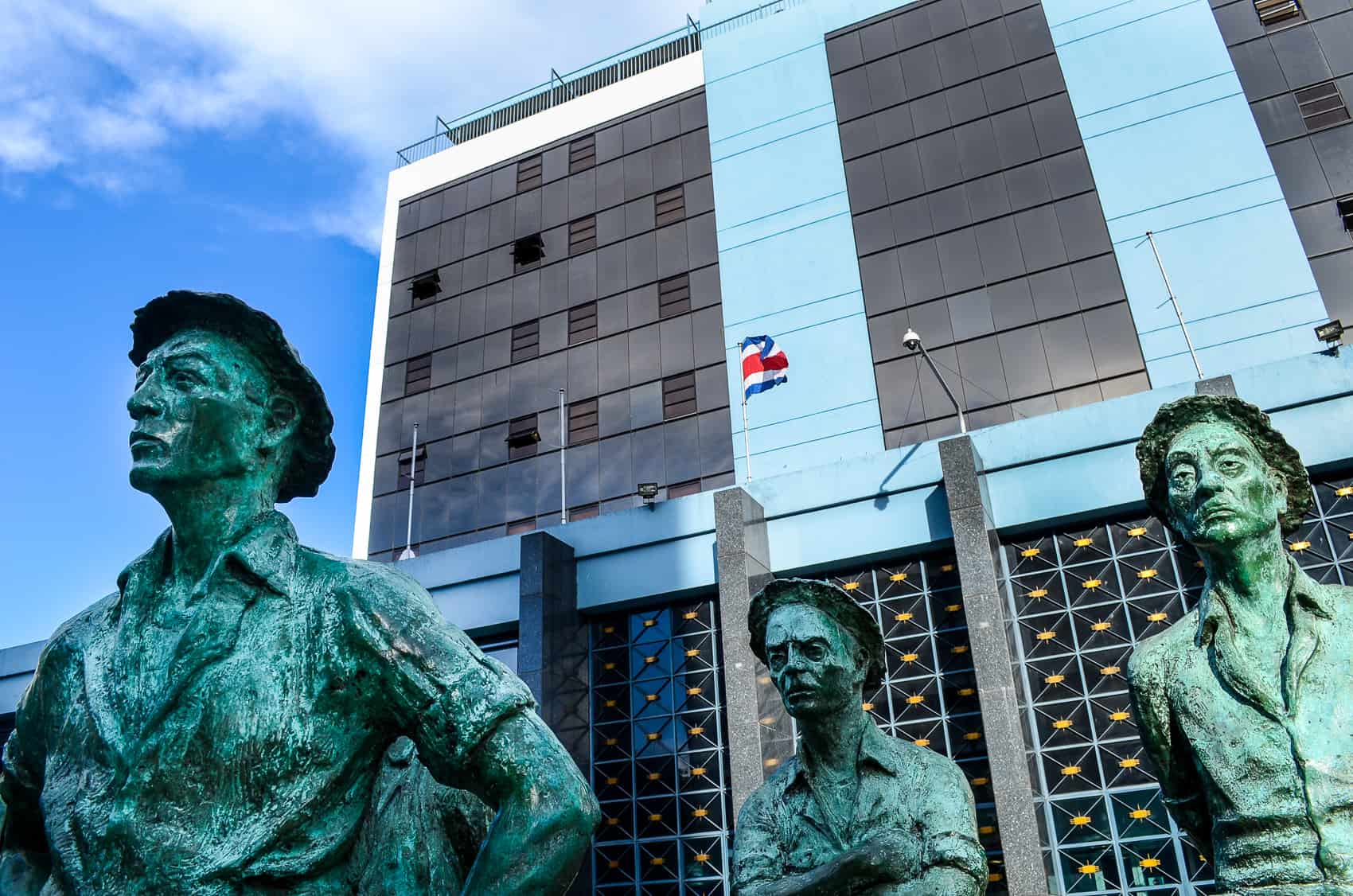The Costa Rican Central Bank (BCCR) and Casa Presidencial both released upbeat economic forecasts for the coming years with predictions of continued low inflation, exchange rate stability and a growing economy. Even the country’s fiscal deficit didn’t grow as much as anticipated in 2015.
In his first televised address to the nation this year, President Luis Guillermo Solís said Sunday that the conditions would be ideal for attracting foreign investment, supporting economic growth and job creation thanks to low inflation, high international currency reserves, a stable exchange rate and low interest rates.
The BCCR released its forecast for the next two years on Jan. 5, reporting 2.8 percent GDP growth in 2015, and projected 4.2 and 4.5 percent growth in 2016 and 2017, respectively. The Central Bank reported a slight decrease in the central government’s deficit, down to 5.6 percent of GDP compared to the projected 5.9 percent of GDP for 2015, but didn’t have any downward predictions for the fiscal deficit in the coming years. The BCCR forecast a growing fiscal deficit of 6.2 percent of GDP in 2016 and 7 percent in 2017.
Costa Rica also reported negative inflation for the first time in 50 years in 2015 thanks to low international prices, including fuel. Last year ended with an inflation rate between -1 percent and -0.5 percent. Low inflation is expected for the next several years, according to the BCCR.
Watch the president’s televised address, in Spanish:
Casa Presidencial’s take on potential job growth might have been seen through rose-colored glasses, according to Luis Diego Herrera, an economist with Grupo Financiero Acobo. Herrera said there would likely be some small improvement in job numbers but the economy would have to grow more than the projected 4 percent before any significant change in the 9.2 percent unemployment rate.
Besides economic growth, Herrera said there was a gap between the supply of unskilled labor and the demand for more highly trained employees. That, he said, would take efforts from the Education Ministry and other sectors to make sure students stay in school long enough to get the skills they need to find employment.
The economic news sets the stage for a period of stability in the short-term, Herrera said, without any anticipated shocks — positive or negative. He said that consumers could look forward to stable purchasing power at stores thanks to low inflation and a stable exchange rate.
“For the average person there won’t be many major changes,” Herrera said.
Costa Ricans seeking credit in dollars should be aware of the U.S. Fed’s decision to raise interest rates in 2015, he said, and the central government would be looking to finance its budget shortfall internally. Costa Rica for the last several years issued bonds to creditors abroad to close the gap between operating the government and tax revenues, but now that the allotted amount of debt has been issued, the Solís administration must look elsewhere. That additional demand for dollar-based credit in the domestic market could drive up interest rates in dollars.
If the exchange rate remains stable it shouldn’t be a big concern for people making their living in Costa Rican colones, but it’s something to be aware of, the economist advised, recalling the mini-devaluation in 2014 that left some scrambling to make payments on their dollar-denominated loans.
What weighed on Herrera was the fiscal deficit, which the BCCR forecast to reach 7 percent in 2017. A failure to pass fiscal reform in the Legislative Assembly defeated former President Laura Chinchilla (2010-2014), and her successor has yet to achieve any major gains, including the Solís administration’s value-added tax proposal.
“It’s the big question,” Herrera said. “That’s the first thing that needs to be addressed.”






